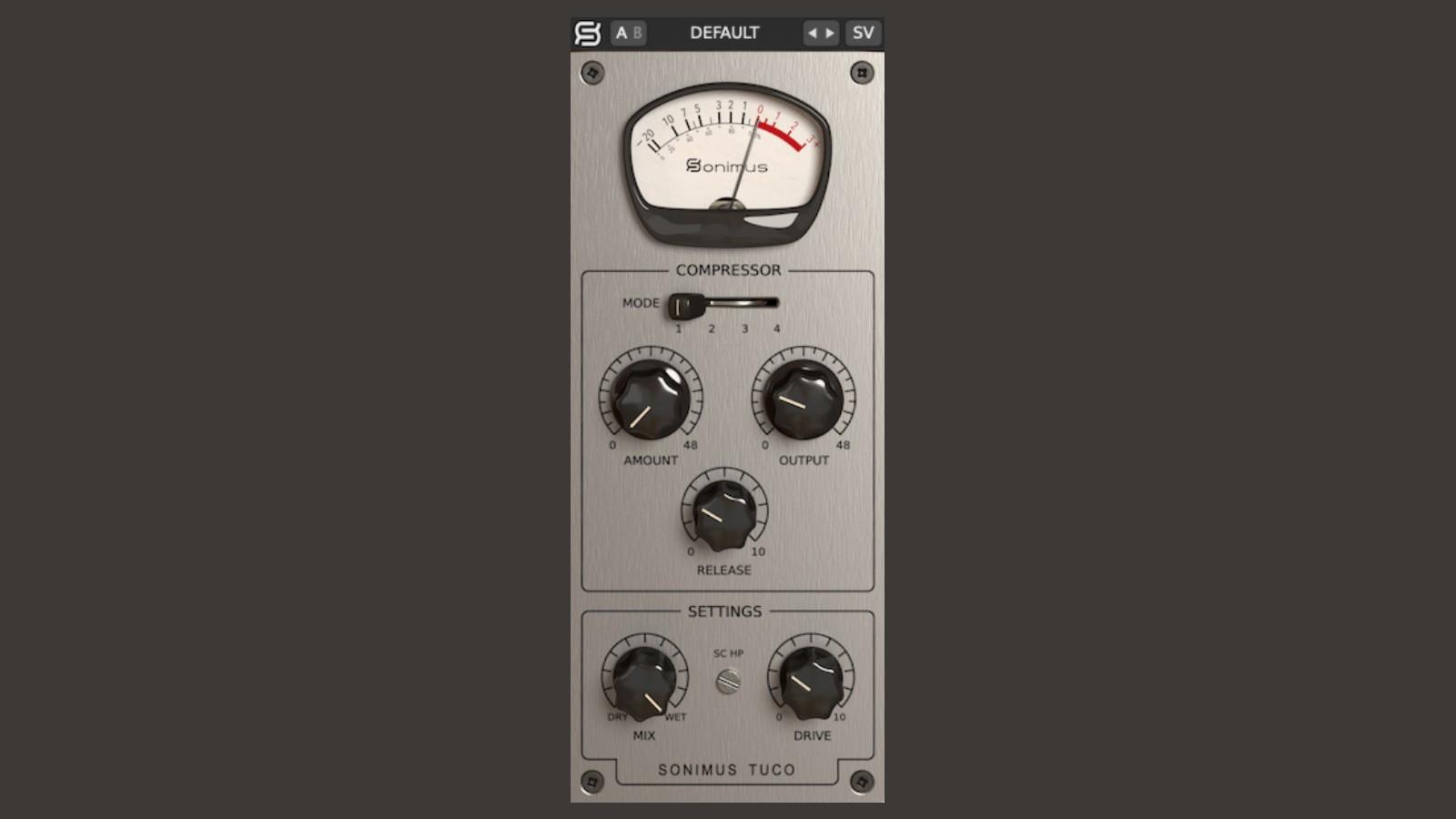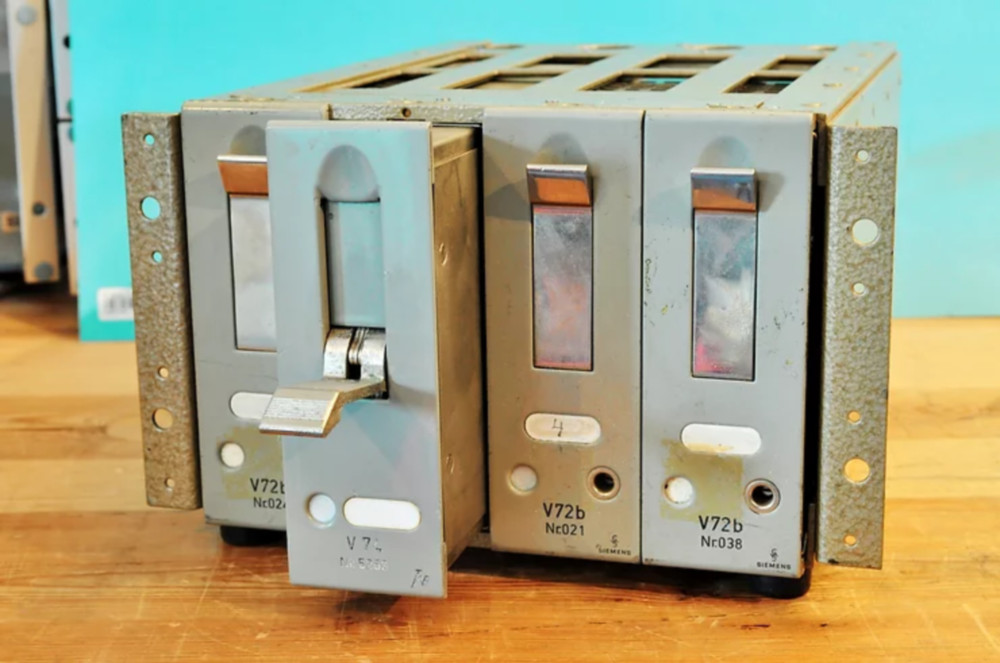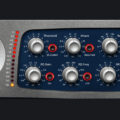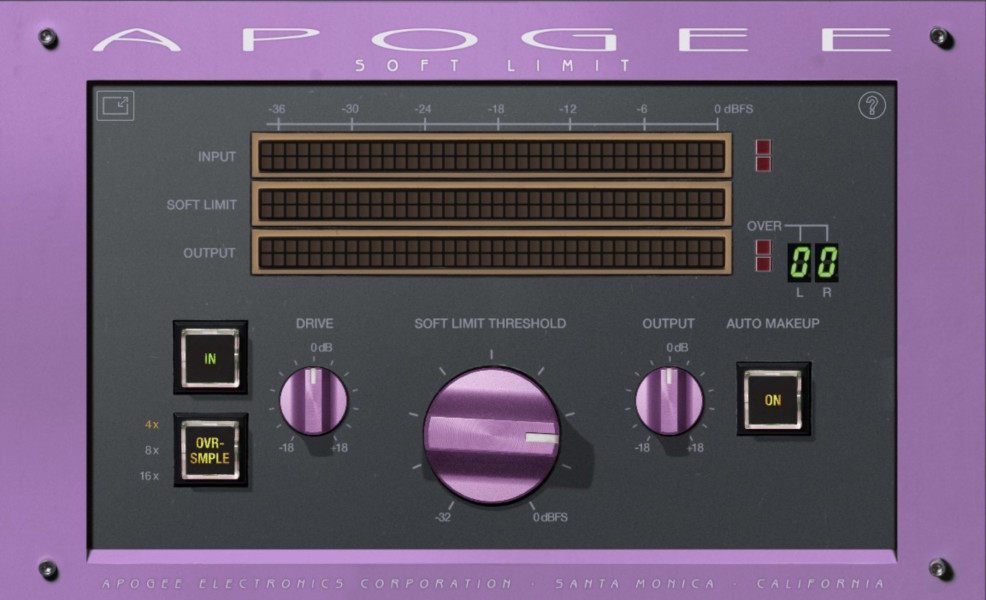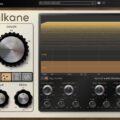
Recently, Sonimus has been updating various products, including the TuCo Vari-Mu compressor plugin, along with STONEQ 4K, N-CONSOLE, to make them compatible with Apple Silicon.
TuCo is Sonimus' sole standalone compressor plugin. While Sonimus is renowned for its console and channel strip emulations, TuCo also excels as a smooth, clean, and versatile Vari-Mu compressor.
Contents
Vari-Mu Feedback Compressor
TuCo draws inspiration from Vari-Mu type compressors, although it's a digital plugin. Originally trademarked by Manley as "Variable Mu," Vari-Mu compressors refer to vacuum tube compressors produced by various manufacturers since the 1990s.

Feedback compression is a classic compressor detection method used in vintage Vari-Mu compressors. Unlike feedforward compressors, where the detector precedes the compressor part, in feedback type compressors, the detector follows the compressor part.
As a result, feedback types aren't as fast in response as feedforward types. However, this characteristic leads to the unique smooth and natural compressor response, which TuCo replicates.
Basic Interface Operation
Anyone familiar with Vari-Mu compressors can easily grasp TuCo's operation. There's no threshold knob; increasing AMOUNT results in compression as the input signal increases. Adjust the OUTPUT knob accordingly to set the overall level.


Clicking on the AMOUNT text toggles the Auto Makeup feature. With Auto Makeup on, you can easliy compress the signal wiht adjusting only the AMOUNT knob like a "one-knob" fashion, which is convenient.
In other plugins typically when Auto Makeup is enabled, the OUTPUT knob become unmovable or inactive. In TuCo, even with Auto Makeup on, the OUTPUT knob remains active, allowing additional overall output adjustment.
4 Speed Modes
Traditionally, Vari-Mu compressors offer several modes with fixed attack and release times. TuCo also provides 4 MODE options: Slow Attack Comp, Fast Attack Comp, Slow Attack Limiter, and Fast Attack Limiter. The difference between Comp and Limiter is the ratio.

The release control allows for fine-tuning, giving flexibility in altering the presence of instruments in the mix based on release time.
Saturation Effects
The DRIVE knob adds saturation and soft clipping, typical of analog hardware. It slightly boosts around 50Hz and generates some harmonics.



Notably, the MIX knob for parallel compression doesn't affect the saturation level set by DRIVE.

Additional controls like SC HP allow shaping the compressor's behavior, enhancing user control over compression characteristics.
Various Applications
Most features are typical of Vari-Mu compressors. However, TuCo introduces unique functionalities.
Stereo Mode
TuCo offers Mono, Stereo Vintage, Stereo Modern, and Dual Mono modes. Stereo Vintage and Dual Mono modes create a more expansive sound.

New York Compression Technique
TuCo's MIX knob facilitates quick application of the New York compression technique. Two modes, Before Output Control and After Output Control, offer different blending methods between dry and compressed signals.



TuCo vs. MJUC Comparison
Both TuCo and Klanghelm's MJUC occupy similar positions as Vari-Mu compressors. Let's compare them.

Interface
TuCo's operation resembles MJUC's COMPRESS and MAKE-UP controls. Mode selection and functionalities similiar closely between TuCo and MJUC Mk1.
Sound Characteristics
Both offer vintage Vari-Mu sound. TuCo, with its MIX and stereo modes, allows for more precise gain reduction control, possibly yielding a more transparent sound compared to MJUC.
Differences
In terms of CPU consumption, TuCo is more efficient. According to the Performance Meter, TuCo consumes approximately 0.1%, while MJUC uses around 0.5% of the track FX CPU. With oversampling enabled, MJUC can reach up to 1%.

Thanks to the existence of Mk2 and Mk3 versions, MJUC offers more modern versatility depending on genres and instruments. The subtle EQ curve adjustment, TIMBRE, is also a unique feature of MJUC.

TuCo offers unique features like Auto Gain, stereo modes, and parallel mix modes, expanding its versatility beyond a typical Vari-Mu compressor.
One clear advantage of MJUC over TuCo is the presence of oversampling. TuCo lacks oversampling functionality. While TuCo's aliasing level isn't severe, comparing MJUC's internal oversampling to TuCo's state using an analyzer can reveal differences in aliasing.



However, this is the situation when the DRIVE knob is maximized. I believe that with the appropriate DRIVE value and proper gain staging, it wouldn't be a significant issue.
Price
TuCo is priced at $79, while MJUC is €24. Though TuCo may seem expensive, its unique features justify the price, especially when considering its versatility.
Conclusion
TuCo faithfully performs as a Vari-Mu compressor while offering unique features that broaden its utility.
While it may seem costly to some people, its capabilities justify the investment, particularly for those seeking versatile compression options.
This article was published in partnership with Monthly Mixing.
